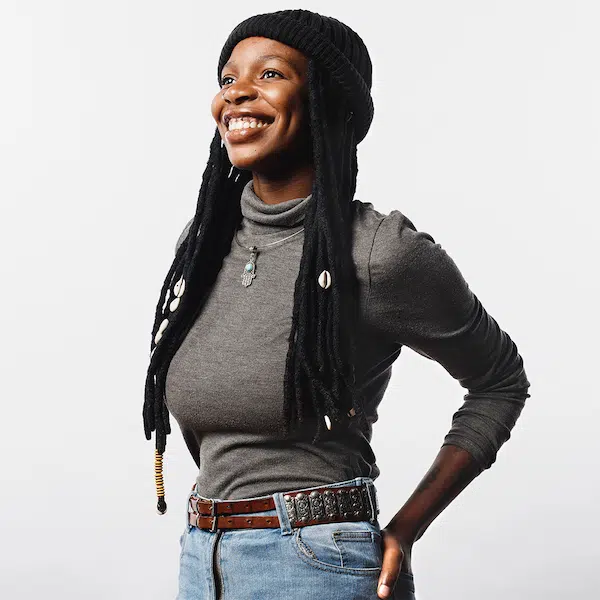Your complete hair extension educational website & Shop
Crochet
Faux Locs
You Deserve This Hair.
Frequently Asked Questions.
What Are Crochet Faux Locs?
Pre-looped synthetic and real hair extensions that imitate naturally grown dreadlocks and are installed using the crochet attachment method.
Below we break down each word for an even better understanding.
CROCHET: This describes the method in which the faux loc extensions are installed/attached to your natural hair.
FAUX: Means, “fake” or “imitation“.
LOCS: This is the name for hair that is matted or locked.
What Is The Best Type Of Hair That Money Can Buy?
The best quality of hair that money can buy is virgin-human hair.
Listed from highest-quality to lowest-quality, here’s a complete list of hair types that are crochet faux loc-compatible and available online:
- Virgin/Human hair
- Kanekalon hair
- Synthetic hair
BONUS TIP: The quality of the hair type is based on the actual quality of the hair itself, not the end results after the hair is installed! We have a saying for this, “Don’t hate the hair, hate the stylist.“
By the way, it’s best to always laugh if you say this joke out loud as we don’t want any Locticians to get upset…,
Nonetheless, we all understand how frustrating it is when you’re excited about a new hair or loc style and it just doesn’t look right.
Is Braiding Hair The Same As Crocheting Hair?
This is a common misconception, and the answer is no.
With box braids, you must first section out the hair and individually attach each faux loc.
On the other hand, when working with crochet hair locs, which is more of a protective hairstyle, there is no need to box out the hair first, instead, cornrow it!
Using either a crochet needle or a latch hook, you would now crochet the hair in, on, and around your natural cornrows.
Tip: Buy pre-looped crochet locs, makes life so much easier.
Is A Crochet Loc Similar To Hair Wig?
Absolutely not!
Hair wigs are a full head of hair and can be put on and taken off in seconds. Faux locs, on the other hand, are sold in individual crochet packs, 6-packs, and full head collections. Furthermore, faux locs are temporary as well, but it takes hours to put them in and take them out.
How Long Does It Take To Crochet In Faux Locs?
How Many Packs Do I Need For A Full Head?
According to non-licensed Locticians, many hairdressers and hairstylists will recommend 4 packs depending on the person and style.
Our experienced tells us otherwise. The average person that is looking to install a full head of faux locs should expect to purchase 5-8 packs. Purchasing less than five packs usually leads to noticeable bald areas due to a lack of hair available for the install.
How Much Do Faux Locs Cost?
Respect one another and respect your hair. - Bob Marley
Testimonials
THE REAL DEAL

